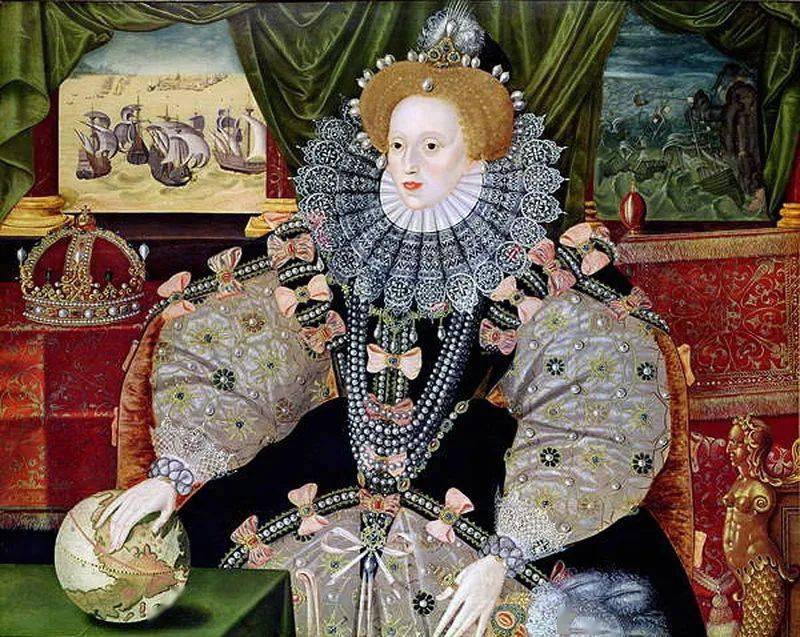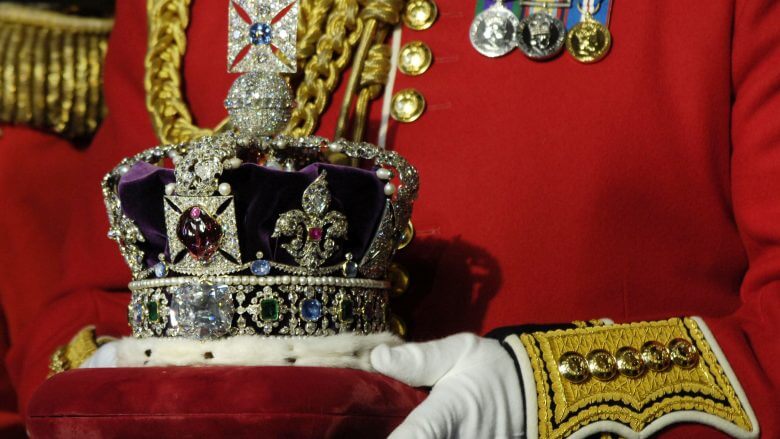Vintage Jewerly Blog
What Makes Baroque Pearls So Timeless? A Deep Dive into Its History
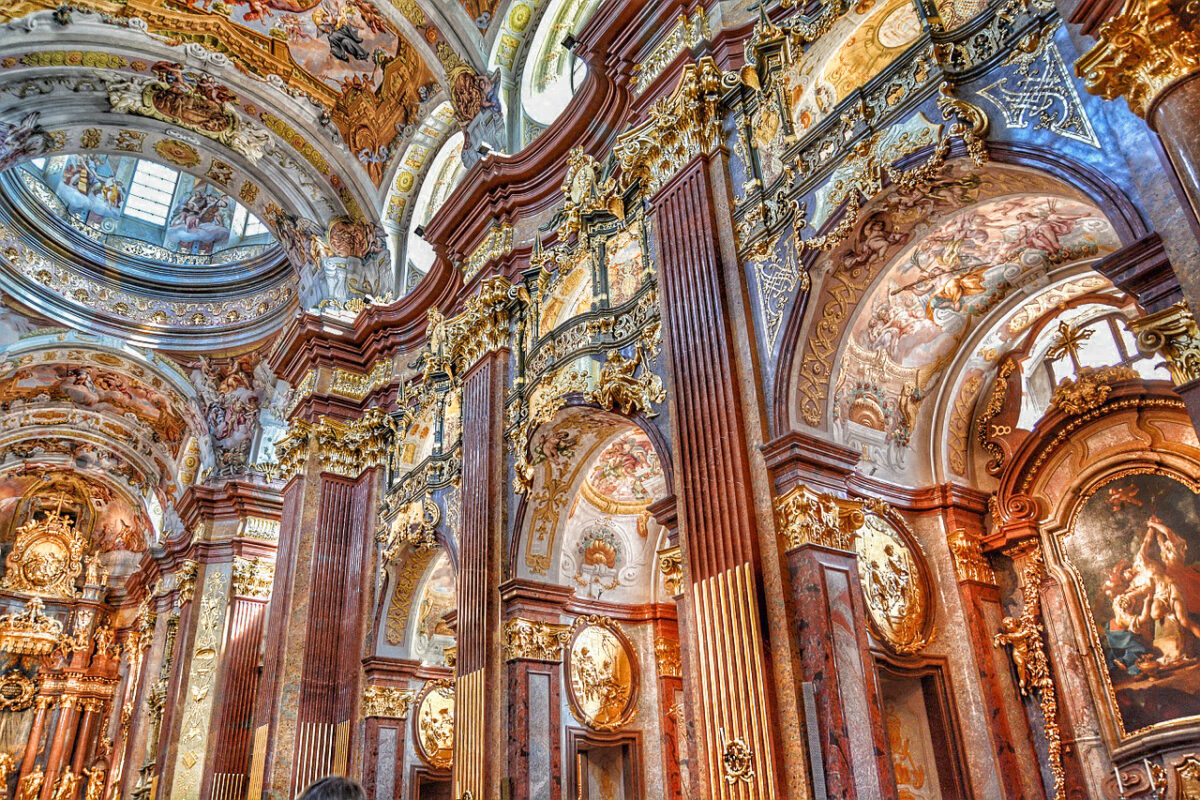
Baroque jewelry, especially Baroque pearls, will never go out of style. Why? Because it’s bold. It’s dramatic. It tells a story. Born in 17th-century Europe, these pieces were made to impress. Think oversized pearls, heavy gold, and gems that catch every bit of light. Kings and queens wore them. Churches displayed them. Today? They’re back and just as eye-catching. Want to know the secrets behind its 400-year winning streak? Let’s break it down from its history to how to rock it now.

1.The Birth of The Baroque Style
1.1 Divine Drama
After the Renaissance, the Catholic Church in Southern Europe realized it couldn’t just silence reformers. So, it tried something new—rebranding. Instead of only fixing internal corruption, it turned to artists. Churches became grand and dramatic spaces. They’re more like theaters than old or gloomy cathedrals. As historian Flemish put it: “The Jesuits wiped away the last traces of medieval gloom. They hired Baroque artists to make their churches dazzling. Full of light and joy. These weren’t just places to pray. They were a preview of heaven’s glory.” Baroque art wasn’t just pretty decoration. It had a mission to make the Church look exciting, not oppressive. Many Baroque artists worked closely with the clergy. The style spread fast because it worked. It helped change the Church’s image. In a way, Baroque art was a byproduct of the Counter-Reformation. A “Christianized Renaissance” dressed in gold and drama.
1.2 Social Alchemy
From a social perspective, the turbulent social situation gave rise to the awakening of Baroque art. From the late 1500s to early 1600s, Europe was full of conflict and change. The clash between the rising middle class and the old nobility grew worse, throwing many countries into turmoil. Historian Fleming said, “The Baroque period was a historical period when irresistible modern forces were in opposition to the fixed and unchanging traditional things.”
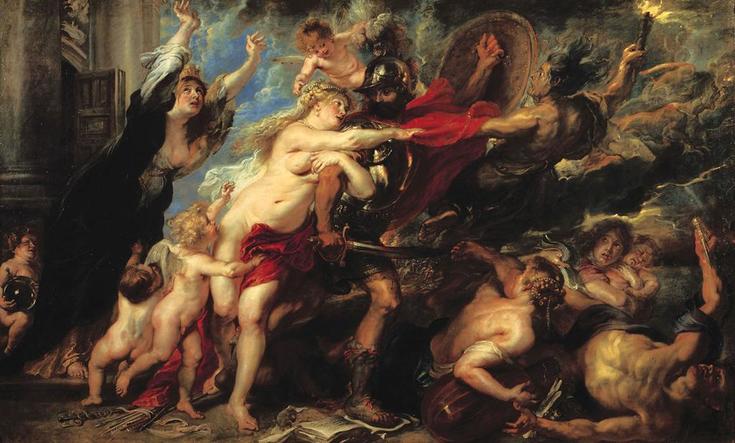
Religious wars between Calvinists, Protestants, and Catholics made things even more unstable. With nations constantly fighting, the old social order completely fell apart. People embraced the idea of “break first, then rebuild.” And people were no longer confined to drawing strength from the myths of ancient Greece and ancient Rome. Instead, it began to step out of the “imitation circle” and create a cultural style unique to this era from the perspective of cherishing the present and enjoying life.
The bourgeois revolution brought wealth and luxury. Some live as if intoxicated or dreaming of befuddled life. But beneath the surface, many felt lost and pessimistic about the future. This mix of wild celebration and deep despair shaped Baroque art: grand, emotional, and full of drama.
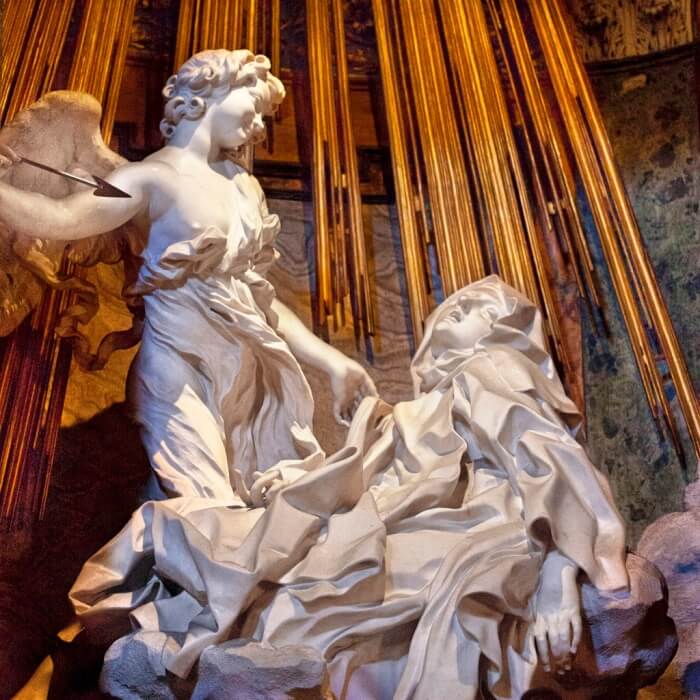
1.3Irrational Awakening
From the ideological perspective, the awakening of “irrationality” has enabled artists to present their subjective emotions and ideological connotations in their artworks. By the 17th century, many artists felt that strict rationalism in art and philosophy had become a trap.
Compared with the pursuit of freedom, democracy and personal value in ancient Greece. After the Renaissance, classicism developed in a rigid and inflexible direction. To escape these limits, artists began focusing on raw emotion over logic. They moved away from strict formulas and brought more natural, human elements into their work. Baroque art has dramatic, exaggerated, and even strange style. So,it was the perfect fit for this shift. Unlike the harmonious and balanced art of classicism, Baroque was full of energy, passion, and movement.
In short, Baroque art was a rebellion. It rejected tradition and gave people a new way to express their emotions. At a time of social and spiritual unrest, its bold and theatrical style helped free minds and heal weary hearts.
2.The Characteristics of Baroque Jewelry
This rebellious and passionate artistic spirit soon spread to jewelry design. Baroque jewelry is magnificent and exaggerated, with dynamic curves and religious symbols. It reflects the pursuit of freedom, drama and sensory impact in that era.
2.1 Colors of Luxurious Gemstones
The purity of diamonds and the magnificence of the court made Baroque a style favored by European royal families. Baroque jewelry never conceals its admiration for the luxurious pleasures of the upper class. The decoration of large gemstones creates a grand and unique jewelry style. Take the Church of SAN Carlo in Rome as an example. Its magnificence is in line with the Catholic Church’s display of financial strength. When it comes to space, Baroque often features interwoven curved surfaces and ellipses, and its decoration is so luxurious that it even reaches the point of being overly elaborate and piled up. And this pursuit of luxury has undoubtedly been passed down to Baroque jewelry design.
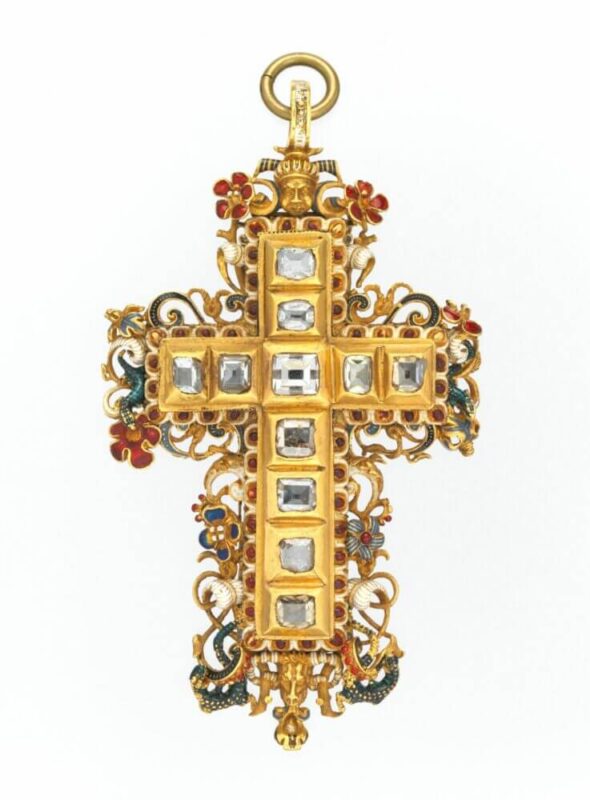
2.2 3D Religious Elements
Religious themes occupied a dominant position in Baroque art. Because since its birth, Baroque art has received the support and protection of the Holy See. So, it is inevitably filled with a strong religious color. Baroque jewelry, just like other art from that time, was deeply shaped by religious faith.
One key feature of Baroque jewelry was its bold, dramatic size. The cross is a powerful religious symbol. It often appeared in necklaces, earrings, rings, and even crowns. This made it one of the most iconic styles in European jewelry history.
Today, Baroque-inspired designs still use those old religious and mystical elements. But now, they’re not strict rules. They’re just one of many creative choices. Designers mix tradition with modern flair, keeping the drama of the past while making it fresh.
2.3 Relief Carving style
Relief carving is a relatively popular style in recent jewelry trends and also originated from Baroque jewelry. Relief figures were a special existence in the court jewelry of the Baroque period. Relief is the carving of undulating images on a flat surface. It is an artistic expression form that lies between round sculpture and painting. The materials are quite diverse, such as agate, gemstones and shells. All materials that can be carved into shape can be used for production. It can be set with pearls, diamonds and emeralds on bracelets and crowns. This has become a highly symbolic jewelry decoration technique of The Times.

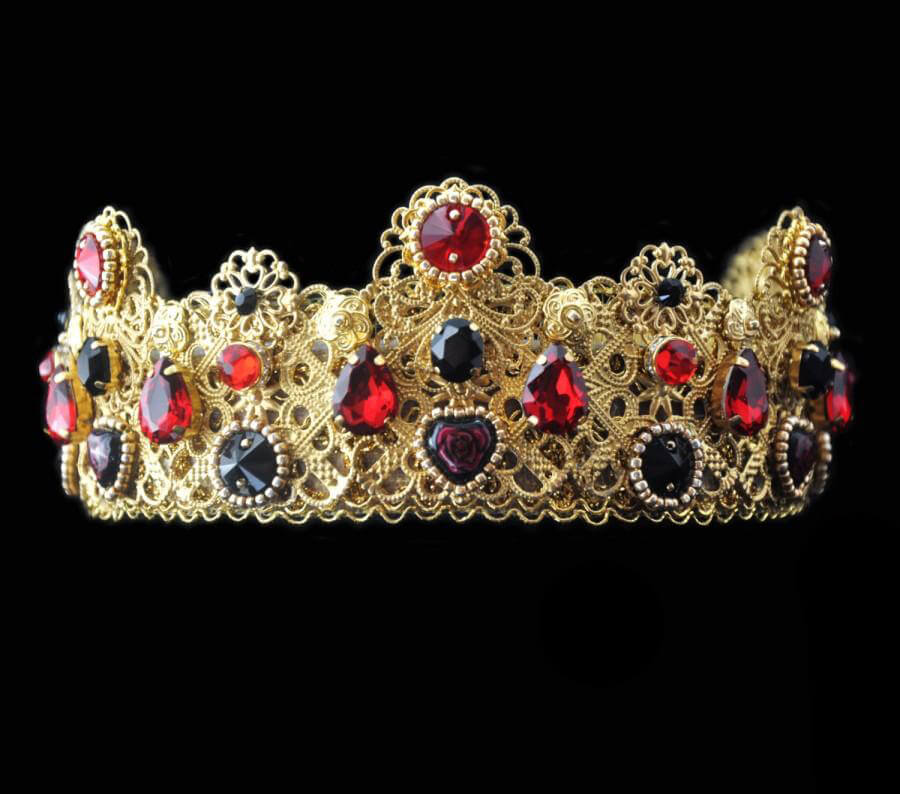
2.4 Complex Craftsmanship
The jewelry-making techniques in Europe at that time had reached a certain level. The processing and setting of gemstones such as diamonds have also reached an unprecedented height. Driven by religion, various new techniques have been applied to jewelry design and processing. And under the demands of the royal family and the Pope, the cutting techniques of gemstones have been constantly improved. Huge colored gemstones, such as rubies, sapphires and emeralds, were all set in the crown. This colorful and magnificent style has also formed a strong sense of luxury in European jewelry.
2.5 Baroque Pearl Style
The elegant and noble pearl was fully subverted in tradition during the Baroque period. Pearls in the Baroque period were not mainly characterized by being lustrous and round. More are made in the original shape of pearls. So, Baroque peals was highly favored among the European royal families and nobles during the Baroque period. The lustrous and graceful pearls on the temples, ears, neck, wrists and fashion exude an elegant and charming allure everywhere.
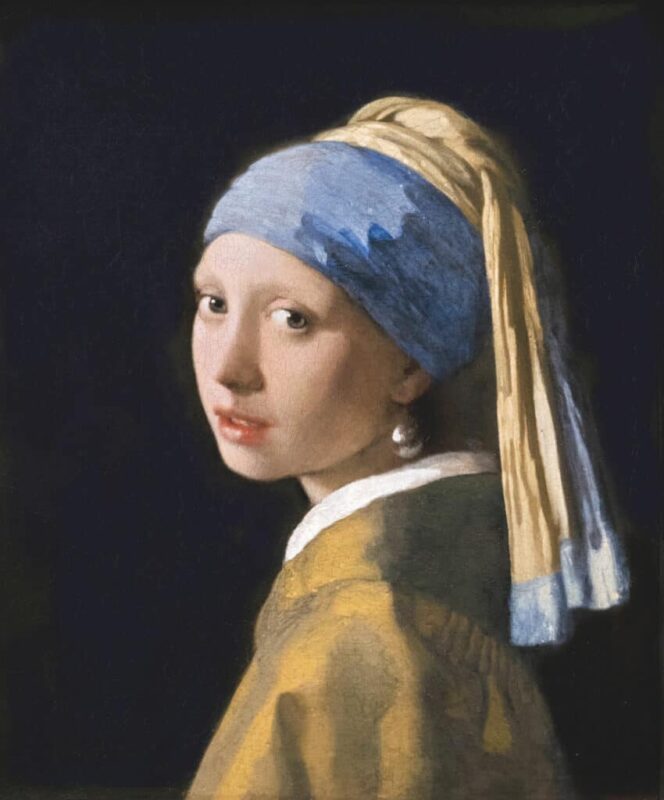
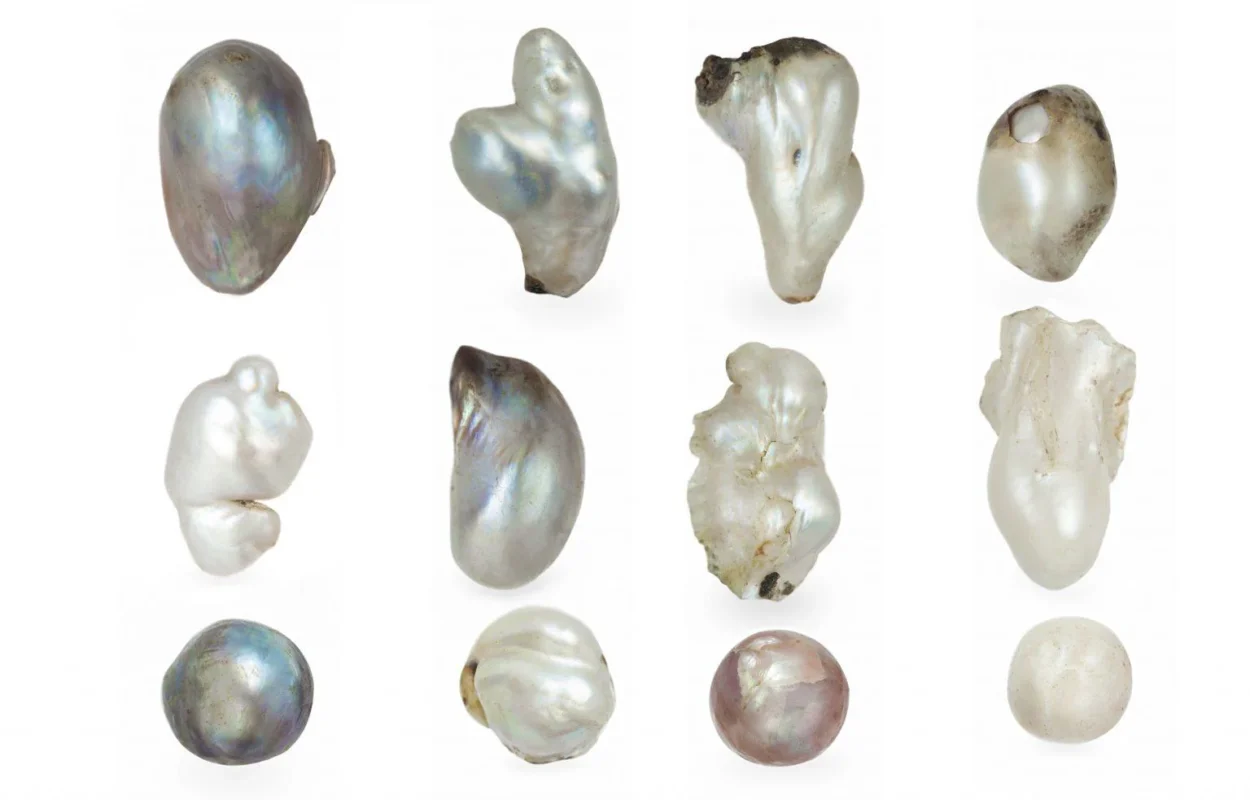
3.What is Baroque Pearl?
Move over, perfect round pearls. The Baroque era was all about the wild, weird and wonderful! Baroque pearls, with their funky asymmetrical shapes, became the ultimate rockstars of jewelry. These imperfect beauties captured the spirit of the age. It’s sometimes the flaws that make things fabulous. Ready to dive into the dazzling world of Baroque pearls? Let’s explore.
Irregular-shaped pearls are also known as Baroque pearls. The word “Baroqu” comes from Portuguese. It means deformed, irregular and strange pearls. It refers to a type of pearl that is not round in shape but has various forms without any discerned pattern. They usually have uneven surfaces and different shapes. The shapes can be similar to anything but not regular.
As we mentioned earlier, the reason why it is called Baroque pearl is that the Baroque art style is magnificent, rich in variation and pursues irregular forms. It accurately, vividly and appropriately conforms to the strange and unconventional feeling conveyed by the irregular-shaped pearls.

4. The Classic Baroque Pearl Works
4.1 Canning Jewel
When talking about Baroque pearls, one piece stands out in jewelry history. The famous Canning Jewel. This 16th-century Italian pendant is now at London’s Victoria and Albert Museum. It is a perfect example of Baroque artistry.
The pendant features a mermaid made from a huge, irregular Baroque pearl as his body. His head is crafted from gold, with a delicate white enamel face and flowing gold hair and beard. His arms are also enameled in white. The mermaid’s tail shines with green and yellow enamel, decorated with a large carved ruby and other gemstones. On the one hand, he holds a detailed enamel-and-gemstone shield. On the other, he grips a Turkish short sword.
What makes this piece special? Artists used the pearl’s natural shape as the centerpiece. Then, they built around it with gold, enamel, and gems to create balance and bring the design to life. This technique was common in Baroque pearls jewelry. And it makes each piece one-of-a-kind.
4.2 The Crown of Queen Farah Pahlavi of Iran
The entire crown is inlaid with 1,065 Baroque pearls. Its unique color adds charm to the crown. In addition, it is also inlaid with over a thousand diamonds and jade. Its degree of luxury can thus be seen.


4.3 The Cambridge Lover’s Knot Tiara
The crown has a total of 19 arched structures, with a pearl hanging beneath each one. It has a total of 38 large teardrop-shaped Baroque pearls. It is Queen Mary who ordered a jeweler to replicate the crown of the Duchess of Cambridge in 1913 to create this crown. At the wedding ceremony of Charles and Diana, Queen Elizabeth II of the United Kingdom bestowed the Baroque pearls crown upon Princess Diana of Wales. After that, the British royal family has been passed down from generation to generation.

5.Baroque Pearls Are Still on Trend
Baroque pearls have become even more popular in today’s world, where individuality is celebrated. Their unique, irregular shapes give them a special charm. And designers are creating more diverse and creative styles than ever.
To designers, these imperfect baroque pearls are rare treasures. They use the pearls’ natural forms to craft all kinds of stunning jewelry. Some love the vintage look and go all-in on retro designs. Others prefer minimalist styles, letting a single baroque pearl shine on its own. And then there are the playful designers who turn pearls into fun animal shapes and whimsical creations.
These bold, free-spirited designs break the old rules of pearl jewelry. Instead of sticking to traditional elegance, they embrace the imperfect beauty of baroque pearls. Making them fresh, exciting, and full of personality.
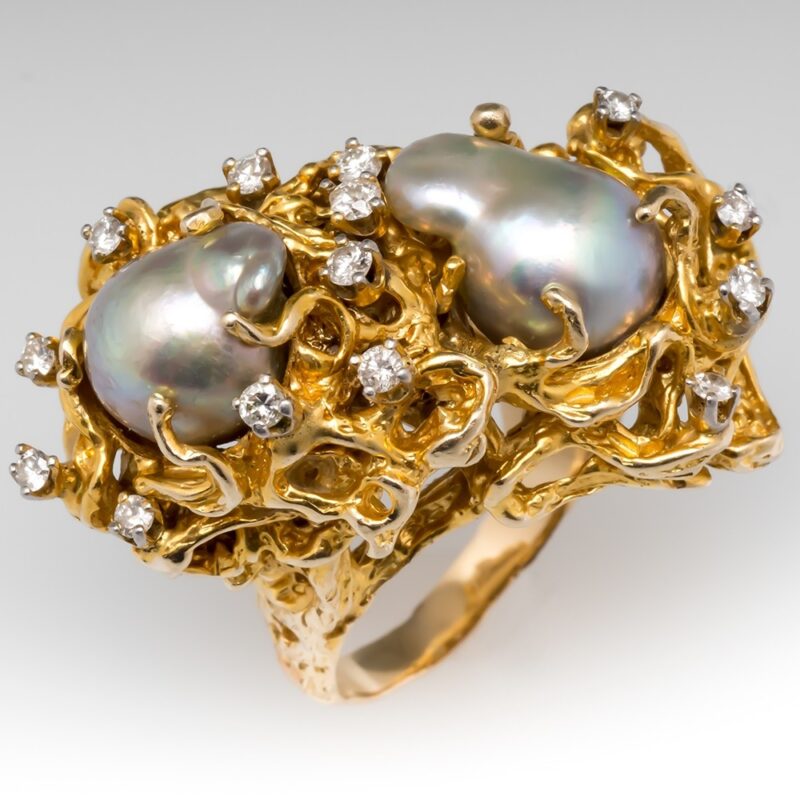
6. Why Baroque Pearls are Still Popular
6.1 Unique Beauty
Baroque pearls celebrate flaws. Because true beauty isn’t perfect. Their wild, irregular shapes prove that the most stunning things come in unexpected forms. While the world chases perfection, these pearls stand proudly different. No two are alike. Each has its own story, with bold curves, dramatic twists and one-of-a-kind texture. When you wear Baroque pearls, you’re not just wearing jewelry. You’re embracing what makes you unique. They teach us to love the “flaws” that actually make us unforgettable.
6.2 The Choice of the Nobility
Baroque pearls were the jewels of royalty and nobles. Because they dared to break the rules. Their bold, organic shapes made them the ultimate symbol of luxury, untouched by boring tradition. Today, they still carry that old-world glamour. Wearing them isn’t just style—it’s a statement. Imagine blending vintage elegance with modern confidence. That’s the power of Baroque.

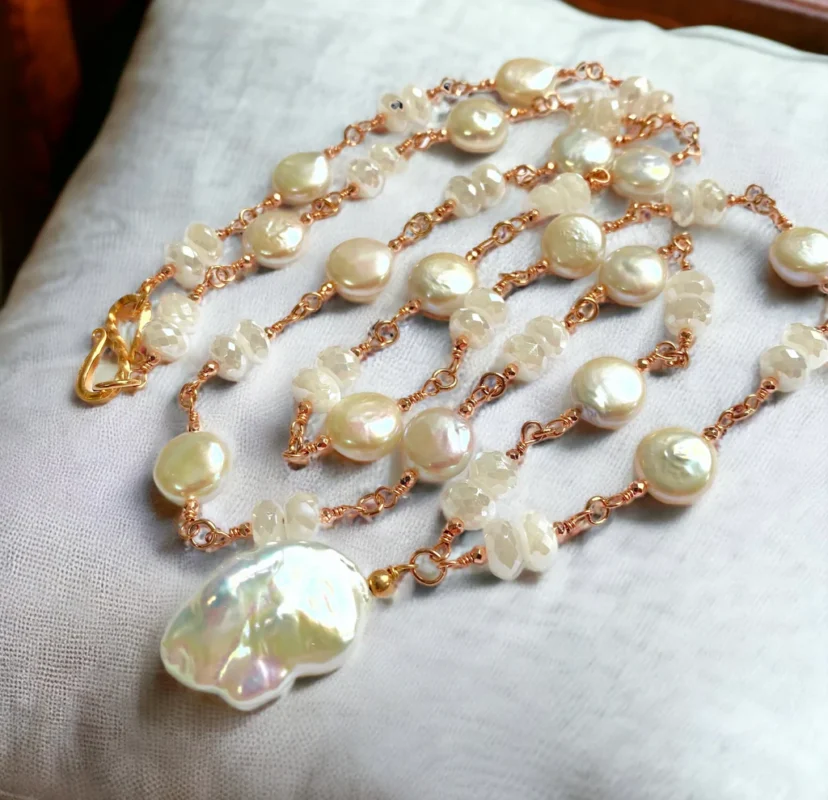
6.3 Sustainable and Ethical
Unlike mass-produced jewelry, Baroque pearls are usually sourced from sustainable pearl farms. These naturally irregular pearls grow without human interference, making them a more eco-friendly option. Many designers now value ethical choices above all. So that they sourced Baroque pearls. Because environmentally conscious buyers love them.
Since these pearls don’t need to be artificially reshaped, their production has a smaller environmental impact compared to perfectly round pearls. Choosing Baroque pearls isn’t just a fashion statement. It’s also a commitment to responsible consumption. They prove that beauty doesn’t have to harm the planet.
6.4 Limitless Design Possibilities
Baroque pearls break all the rules. And that’s what makes them so exciting! Their wild, natural shapes give designers total creative freedom. Some artists keep it sleek and modern, letting the pearl’s organic beauty shine in minimalist designs. Others go bold, turning them into fantasy-inspired creatures or cutting-edge statement pieces.
The best part? Baroque pearls can be anything you want. Edgy, romantic, playful, or totally avant-garde. It all depends on the designer’s vision. That’s why they never go out of style.
Whether you love timeless elegance or daring fashion rebellion, these pearls have something for you. Versatile. Unique. Unstoppable. Baroque pearls are the ultimate muse for creativity. What will you dream up?
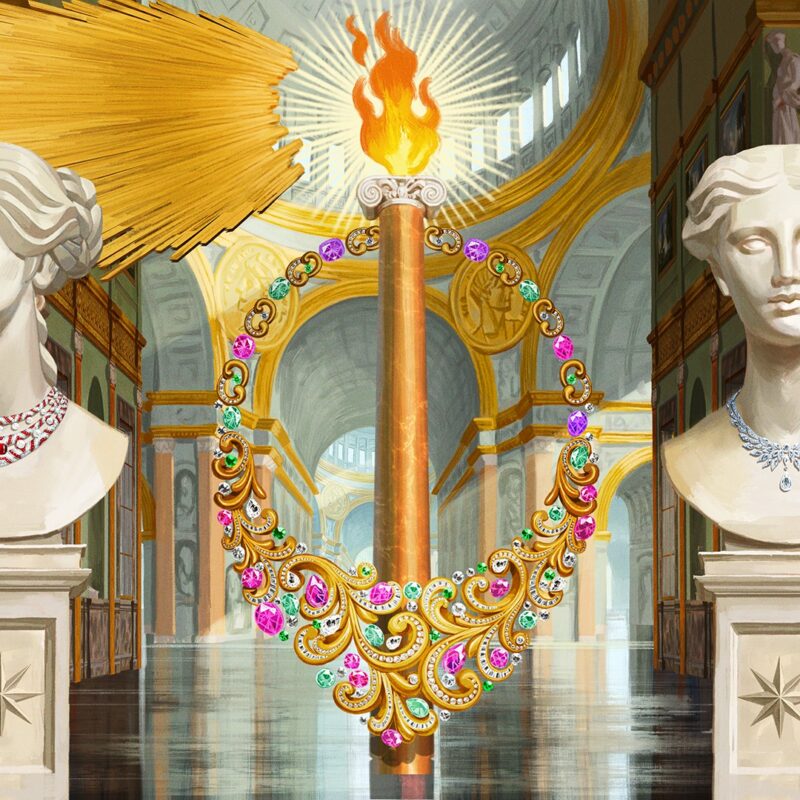
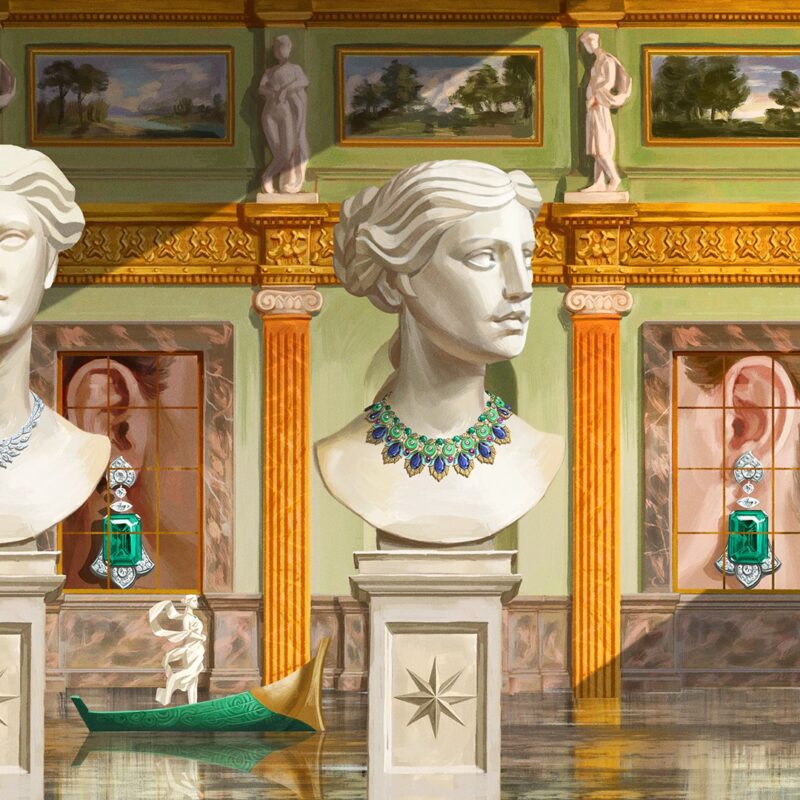
7.Different Types of Baroque Pearl Jewelry
From elaborate and luxurious to simple and grand, Baroque pearls have integrated into the aesthetic standards of different eras in various forms. Whether as the finishing touch of a vintage brooch or as the soul element of a Baroque-style necklace, they always add a touch of classical and mysterious charm to the wearer in their unique form. Let’s explore the diverse styles of Baroque pearl jewelry together and experience this artistic gift from nature.
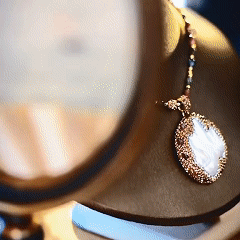
7.1 Baroque Pearl Necklace
7.1.1 Baroque Pearl Pendant Necklace
Round pendants are a classic choice, but if you want unique gemstones, you can opt for a Baroque pearl pendant necklace. The pendant of the Renaissance Dew Freshwater Pearl Necklace is adorned with a Baroque pearl, just like the captured moonlight, shaped by time and tides. No two curves are the same. Its organic flaws shine with quiet confidence. Moreover, every tiny gemstone strung on the rainbow tourmaline necklace sparkles with healing energy as if telling a secret from Earth.
7.1.2 Baroque Pearl Strand Necklace
Compared with ordinary Baroque pearl necklaces, Baroque pearl strand necklaces usually combine inlaying, metal winding and other techniques to enhance their decorative effect and are commonly seen in retro, Bohemian or contemporary design styles.
The Royal Court Baroque Pearl Necklace is a string of astonishingly natural irregular Baroque pearls that exude eternal elegance and royal solemnity. It ingeniously incorporates red and blue gemstones and strings them together with a metal chain. Whether for formal occasions or daily wear, this necklace is the perfect choice. It is bold yet exquisite. Whether paired with a little black dress or a refreshing sports jacket, it is a must-have for those who appreciate art and unique jewelry.
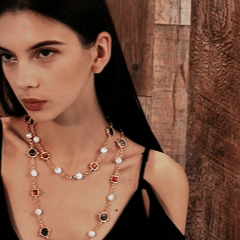
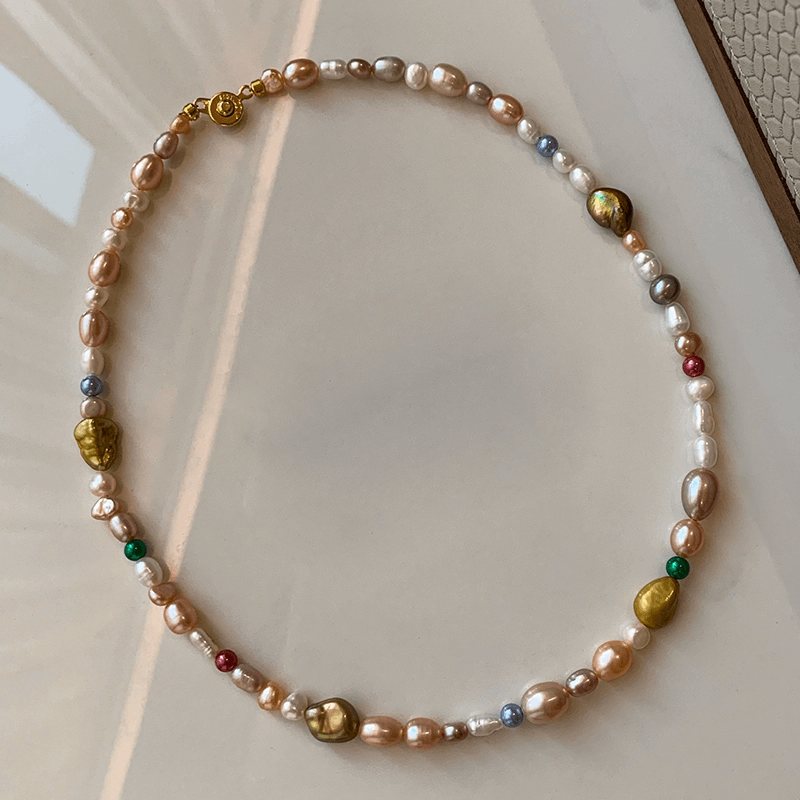
7.1.3 Baroque Pearl Choker
The Baroque Pearl choker is a short necklace designed with naturally irregularly shaped Baroque pearls. It is worn close to the neck and is characterized by its unique, organic form and retro elegant style.
Hue Muse Baroque Pearl Choker is a tribute to the radiance of every woman. Every pearl is all-natural, with various shapes and colors, just like the golden sunlight leaping over the river in the early morning. It sticks to your collarbone, and the pearl will change color from different angles. An imperfect appearance tells you that beauty is not merely perfection. Beauty is a story about us.
7.2 Baroque Pearl Earrings
Royal Bloom Tassel Pearl Earrings showcases a string of lustrous pearls suspended from an exquisite golden tassel, creating a charming combination of light and motion. The soft luster of pearls forms a beautiful contrast with the warm metallic luster. It exudes an exquisite blend of classical romance and contemporary elegance. Whether it’s eye-catching at a party or adding a touch of sophistication to your daytime outfit, these earrings can transform any look into a statement of understated luxury.
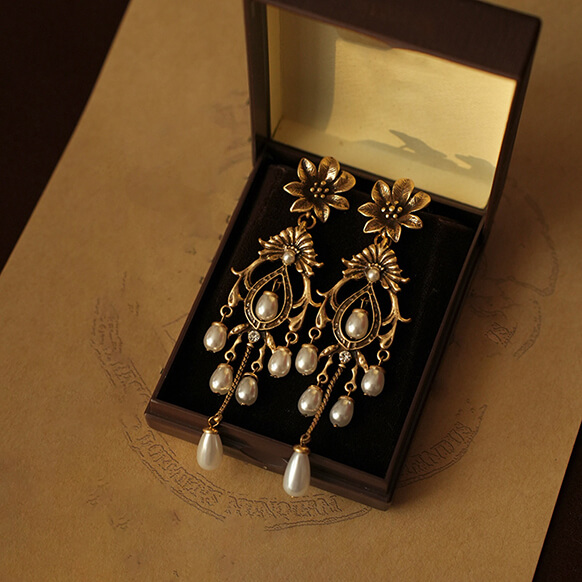
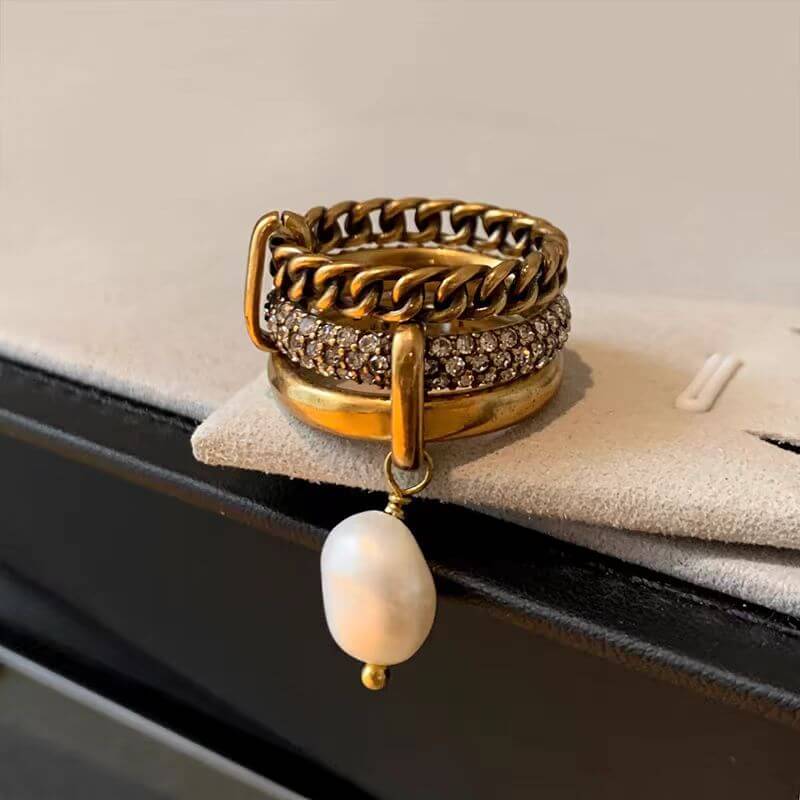
7.3 Baroque Pearl Ring
Unlike the elegance of traditional round beads, Baroque pearl rings represent a break from the norm and are suitable for wearers who pursue a niche, rebellious spirit or self-identity.
The Queen Christina Multi-layered Baroque Pearl Ring is a Baroque pearl ring designed with a layered structure as the core. It is composed of three layers of metal rings with different designs stacked on top of each other and then decorated with a Baroque pearl, forming a three-dimensional shape full of dramatic tension. Its name pays tribute to Queen Christina of Sweden. She was a maverick ruler in the 17th century and shocked Europe with her rejection of marriage and religious constraints. Please put it on and give yourself the courage not to be bound.
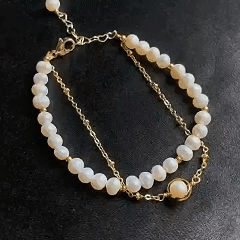
7.4 Baroque Pearl Bracelet
Just like a love letter from the hall of Versailles Palace, this Versailles Palace Vintage Pearl Bracelet exudes the gentle romance of the past era. Each Baroque pearl sings of eternal elegance and showcases its attitude because of its diverse shapes. It is destined to adorn the wrists of modern MUSES.
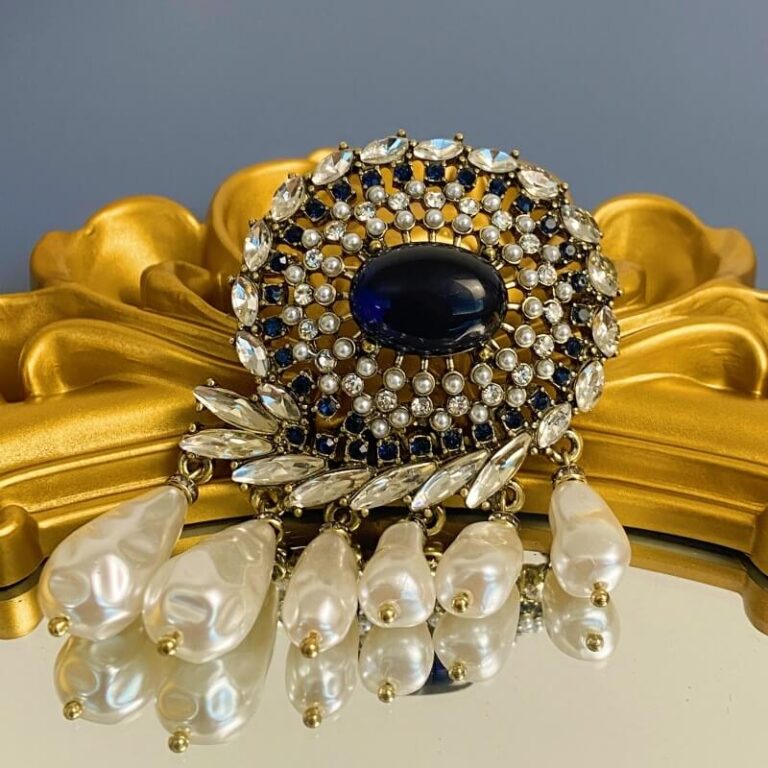
7.5 Baroque Pearl Brooch
The Sapphire Serenade Vintage Brooch is a dramatic retro Baroque-style brooch . Its design is extremely magnificent. The asymmetrical arrangement of gemstones and the dynamic overhanging structure give it distinct Baroque art features of the 17th and 18th centuries.

